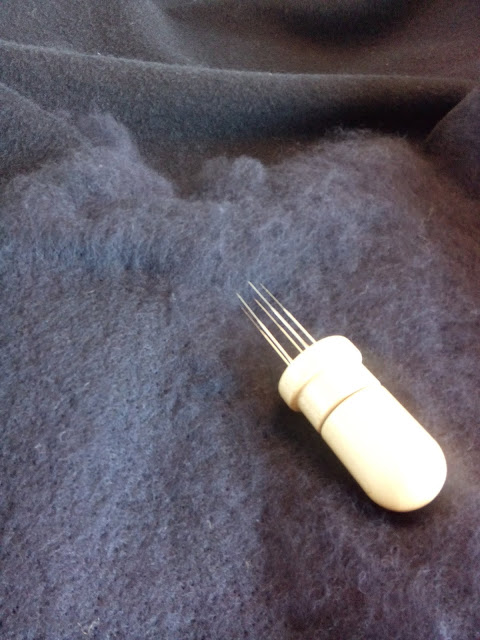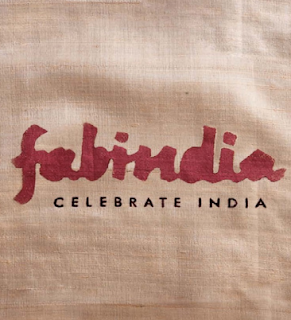7: Utensils and Thousands of Gadgets
Three years ago I photographed and documented the complete household of a
family in rural Malawi. The book ‘Utensils’ (2013) was a thin book, with 48
objects photographed individually. Besides some furniture, clothes and cloths
that was all they had.
One of the objects was a chipande: a handmade wooden spoon to
serve nsima, a plain thick porridge of cooked maize flour. Nsima is the staple food in Malawi and, with a slightly different name, in many countries in Sub Sahara Africa. Nsima means home, whether rich or poor. The chipande is a
spoon that is solely used to scoop lumps of nsima from the cooking pot onto a
plate. After that it’s washed and put away. Each family has one chipande. The
chipande is bought from a local craftsman, usually on the market. Made from local
wood, and used for many years. All the above is part of the cultural
luggage and as such belongs to the
story of the object. It shows marks of use, it’s damaged a little and clearly handmade. This particular one was made by the local craftsman called Happy. He is very skilled, and because of that highly admired by the community- not just the kids.
If we look
at this chipande, which SD-goals does it meet?
SDG 8: decent work – for the craftsman who made the spoon by hand.
SDG 12: responsible consumption and production – the spoon is made
from a recyclable local source and used for a long time. The costs are around
1000 MK which converses to 1,30€, which is actually a lot of money for the rural
population.
And which of the goals are threatened with this object? None.
However; the bigger picture means most of the other SDG’s are still to be met in Malawi,
let that be very clear.
If we now look at a plastic gadget, let’s say a car-shaped pencil sharpener. On wholesale starting with 0,35$ for 3000-4999 items, 0,30$ for 5000-9999 items, 0,29$ for 10.000+ items, produced in China. Do we see anything that could tell the cultural biography of this little car? Not at all, even the fact that it is meant to be funny is written on it’s side, in case we don't notice.
which SD-goals does it meet?
SDG 8: hopefully- decent work for the factory workers. At least a job.
SDG 9 hopefully- some of the targets regarding trans-border economic development, innovation and economic resilience.
And which of the goals are threatened?
If the goals mentioned above are not met, then 8, 9, 12, 15. A probably short life for the pencil sharpener, we don’t know if the plastic is recycled or recyclable, we don’t know about the factory circumstances for the workers, how clean is the production of the plastic, how is the transport organized, et cetera. There is nothing on the company’s website about any sustainable or green issue. Just a few certifications on quality issues ( EMC directives).
And this small funny car is just one of the products on sale through this Chinese website. The list contains 1000+ gadgets, all orders starting from 1000+. And this is just one company.
Now there’s a whole world between the handmade chipande from Malawi and the pencil sharpener from China. We here would all love to have the chipande and cherish the beauty of the crafted object. Very Wabi Sabi, good stuff and with an interesting biography. But it’s made in extreme poverty, and as Satyendra Pakhale mentioned in his talk during the Dharavi Museum Conference in Amsterdam (2016) “We can’t glorify human suffering, there’s simply no beauty in it”. The pencil sharpener might also be made in poverty, we don’t know.
So here's our challenge: ALL things for ALL people designed and produced properly, sourced well and made to last......
Now there’s a whole world between the handmade chipande from Malawi and the pencil sharpener from China. We here would all love to have the chipande and cherish the beauty of the crafted object. Very Wabi Sabi, good stuff and with an interesting biography. But it’s made in extreme poverty, and as Satyendra Pakhale mentioned in his talk during the Dharavi Museum Conference in Amsterdam (2016) “We can’t glorify human suffering, there’s simply no beauty in it”. The pencil sharpener might also be made in poverty, we don’t know.
So here's our challenge: ALL things for ALL people designed and produced properly, sourced well and made to last......





Reacties
Een reactie posten